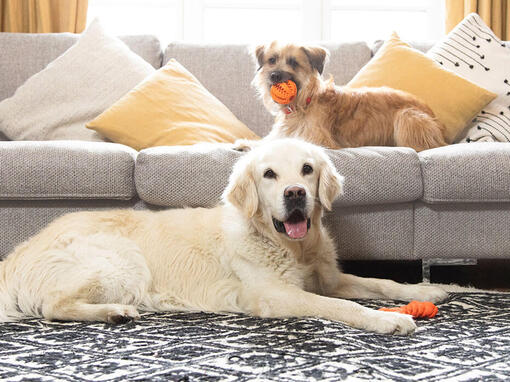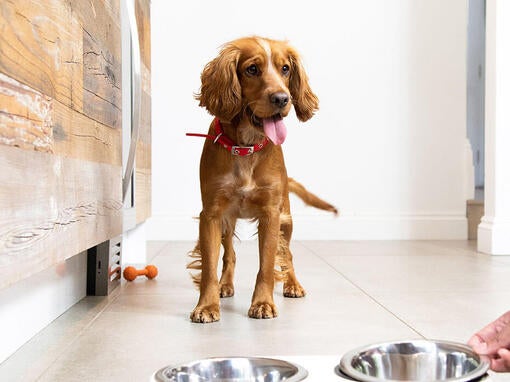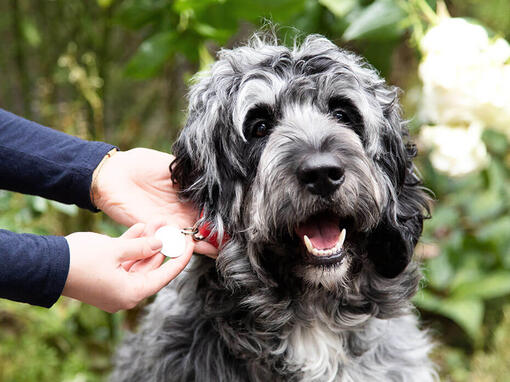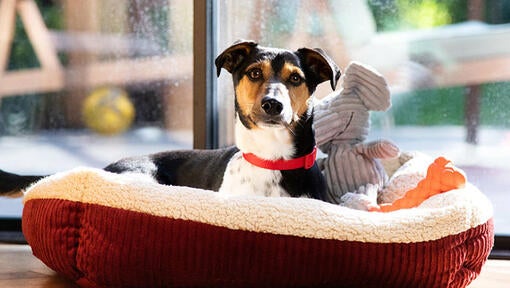History and Origins
Country of Origin: France
Previously known as the Brittany Spaniel, the Brittany’s origins lie in the pointers, setters and spaniels of Britain and France.
In the Brittany region, the local spaniel and gundog types were mixed with the pointers and setters brought over by British landed gentry, who came for the snipe and partridge season and would leave their dogs in the care of French kennels from one season to the next. The offspring of these became the Brittany Spaniel, but with more influence from setters and pointers, they became longer in the leg and lost the long eared shorter legged spaniel look around the 19th Century.









